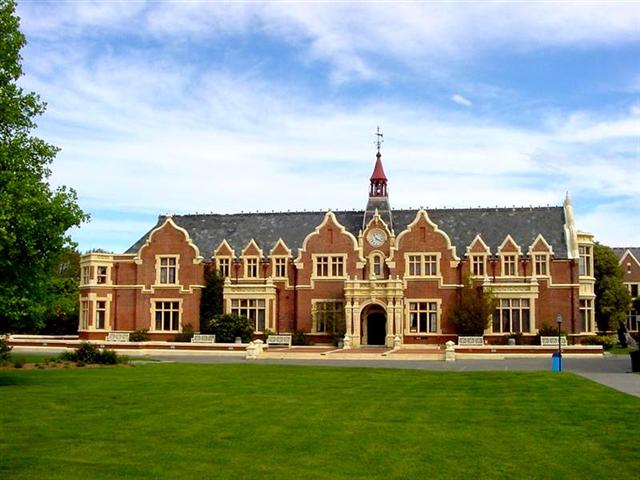A new Lincoln University initiative is responding to the need for new ways of using our land more productively while ensuring New Zealand’s future prosperity and enhancing lives.
Maori spiritual concepts look likely to be incorporated with the science. Lincoln University’s Director Kaiarahi Māori, Dr Dione Payne, said an important aspect of the programme for her was protecting and sustaining “the Mauri of te taiao”.
The initiative, called Designing Future Productive Landscapes, is multi-disciplinary and aims to find alternatives to “current and narrow models of land-use options and practices”, the university says on its website.
These land-use options and practices limit sustainability and the resilience of landscapes and the agroecosystems embedded within them, the website post says. They also constrain regeneration of land, environment and culture.
The initiative follows the recommendations of last year’s Transformation Board Report urging Lincoln to deliver positive changes in land, food and ecosystems.
The Lincoln website says:
It will involve students working in a “living laboratory”, “incubating” ideas in the classroom that can be “hatched” in the field.
The initiative involves academics from agricultural, landscape and Māori perspectives, and is the first of three to be announced this year.
Its comprehensive research programme involves projects in hill country, dryland and irrigated landscapes.
Professor Pablo Gregorini, the initiative lead, said production landscapes – te taiao – underpin cultures and prosperity of societies worldwide.
But a number of transformations and pressures are affecting landscapes here and around the world, diminishing biodiversity, reducing water and air quality, and accelerating loss of soil and plant biomass (among other factors).
“Given New Zealand’s economic reliance on food agricultural production and provenance, our global brand, prosperity and well-being are at risk,” Professor Gregorini said.
“We want to create adaptive agroecosystems to re-connect our landscape, our livestock (agriculture) and ourselves, by restoring broken linkages among plants, herbivores and humans with diets that nourish and satiate, as well as heal our planet.
“Our objective demands a multi-disciplinary response, integrating skills and knowledge across farming systems, ecology, landscape design, social science and other disciplines.”
Some of the areas the initiative could address – the website announcement says – include:
• Reshaping and reimagining Māori productive landscapes that will support and sustain the mauri of te taiao while continuing to grow the Māori economy;
• Encouraging regional councils to develop approaches for identifying and designing distinctive ways to increase a landscape’s full range of productivity;
• Helping Government agencies to establish new baselines and benchmarks for monitoring landscape value and productivity.
Potentially, the initiative could involve all staff across the entire disciplinary range at Lincoln University.
Key collaborators could involve CRIs and other universities, in New Zealand and internationally, and ideas could be trialled on some of the University’s farms.
An initiative team member, Associate Professor Mick Abbott, said his main concern lay with how future landscapes can be designed to better integrate the multiple ways we use and protect land for the benefit of ourselves and the environment.
Source: Lincoln University












